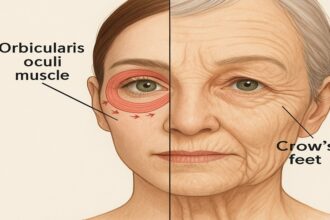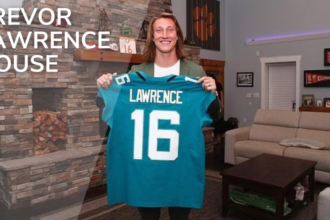Hair loss can be a distressing experience, affecting confidence and self-esteem for both men and women. With numerous treatments available on the market, Platelet-Rich Plasma (PRP) therapy has become a popular, all-natural, non-surgical remedy to help regrow thinning hair.
What is PRP, and how does it work? Is PRP the right treatment for you? Here is everything you need to know about this treatment if you are curious about it.
PRP Therapy: What Is It?
PRP (Platelet-Rich Plasma) treatment is a kind of therapy that uses the patient’s own blood to stimulate the natural growth of hair. It begins with a small sample of blood being drawn, then spun in a centrifuge to isolate the platelets.
These platelets contain high amounts of growth factors, which activate hair follicles and promote the growth of new hair. The resulting PRP is injected into the scalp in the regions where hair is thinning or missing.
As PRP contains the patient’s biological material, the intervention is deemed safe and reduces the chances of allergies or adverse effects. It’s widely used in dermatology and orthopedics and is now increasingly employed in aesthetic medicines, particularly for hair restoration.
Here’s How PRP Helps with Hair Loss
People lose hair due to many reasons, including Genetics, hormonal changes, aging, stress, and medical conditions such as alopecia. The PRP for hair loss addresses the problem at its core by enhancing blood circulation to the hair follicles and prolonging the anagen phase of the hair cycle.
According to clinical research and anecdotal evidence, PRP hair loss treatments are capable of making hair denser, strengthening the existing strands, and even activating inactive follicles.
Although the outcome varies from person to person, most patients begin to feel better after several sessions. The most noticeable effects are typically observed after three to six months.
What You Should Expect During This Hair Treatment
The average PRP treatment lasts between 60 and 90 minutes. Once the blood has been drawn and processed, the PRP is injected into the scalp using small needles.
Even though a few patients report minimal pain, the treatment is generally well-tolerated, with minimal or no recovery time required. You can continue normal activities soon after, but some little swelling or tenderness at the injection point is usual and transitory.
Doctors usually recommend a series of treatments—typically one session per month for the first three to four months. Maintenance sessions are advised every few months, depending on your individual response and goals.
Understand Whether PRP Is Right for You
PRP works best for individuals in the early stages of hair loss or those with androgenetic alopecia (male or female pattern baldness).
It may not be suitable for those who are completely bald or those with certain medical conditions related to blood. To see if you are a good candidate, consult a qualified dermatologist or hair restoration specialist.
In a Nutshell
PRP therapy is gaining popularity among individuals seeking a non-invasive, drug-free, and natural method of treatment for hair loss.
With its low risk factor and increasingly positive signs of efficacy, PRP appears to be an exciting option compared to more invasive or chemical-based treatments. When considering alternatives to achieve thicker and healthier hair, PRP for hair loss may be the ideal option for you.

















